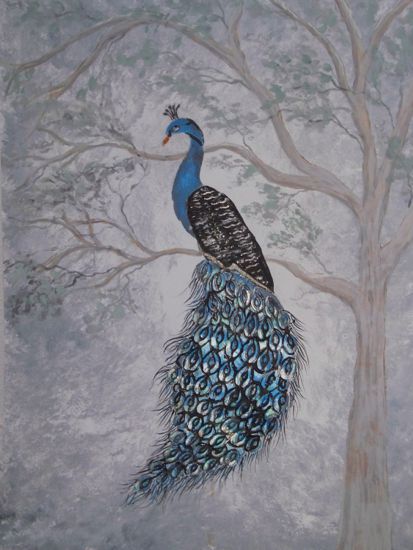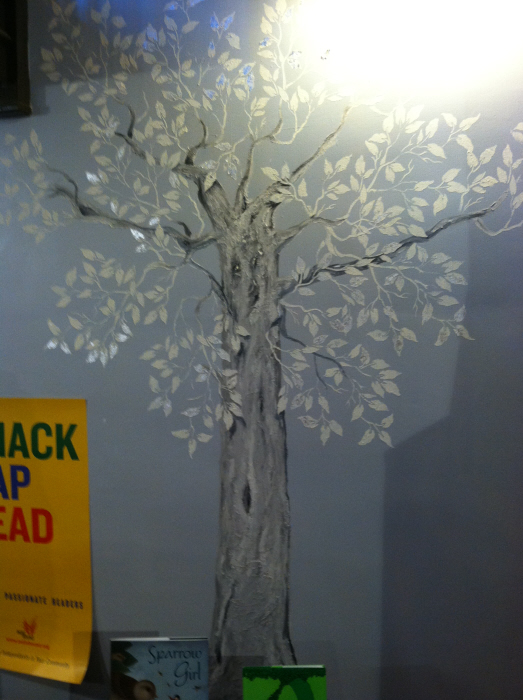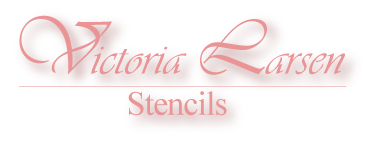


Ann Creates the Look of Antique Cabinet doors
September 28, 2021
No Comments

Debbie Sharp adds “Wow” to Raised Plaster
June 25, 2021
No Comments

Trees on the Walls Brings the Outdoors Inside
November 12, 2018
No Comments

Darla Dawald loves Lizard Texture
October 3, 2018
No Comments

A Whimsical Plaster Tree Design from a Talented Artist
December 6, 2016
No Comments

Create an Awesome Ceiling with Plaster Stencils
December 6, 2016
No Comments

Subtle Beauty With Plaster Stencils
March 13, 2016
No Comments

A Stenciled Stone Wall that’s So Cute!
March 13, 2016
No Comments

Plaster Stencils for Beautiful Cabinets
March 13, 2016
No Comments

